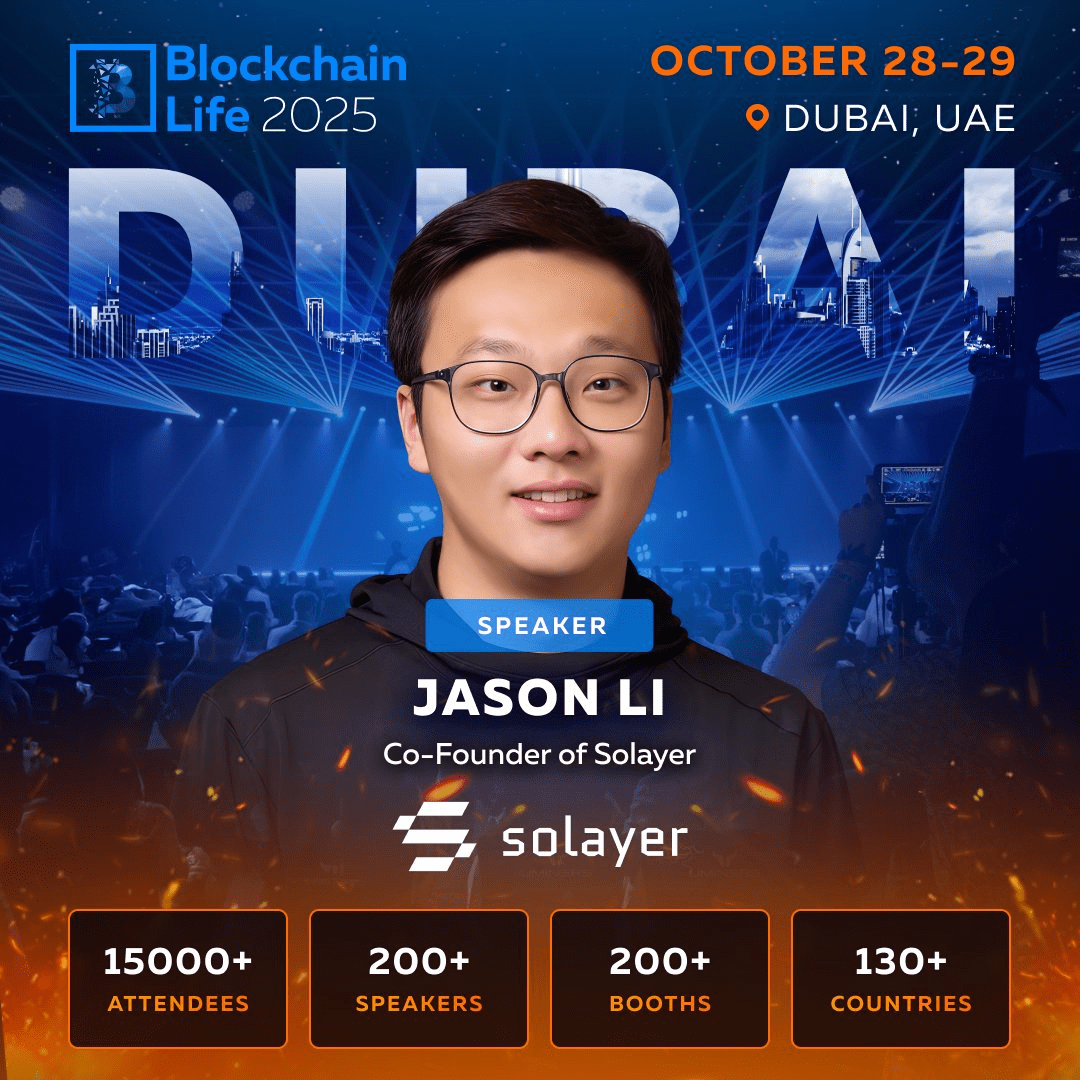Most people view Solayer as a restaking or yield tool, but it is actually a 'voting capital ecosystem': users use SOL/sSOL not just to earn rewards, but are also implicitly participating in governance priorities, resource allocation, and on-chain voting, making restaking a ballot for community co-governance.
sSOL = vote-capable governance tokens
Solayer's sSOL is not just a liquid staking token; it represents capital with voting rights in the Solayer network. Under the Stake-Weighted QoS model, those who restake more and have higher priority also have more say. This turns restaking into a part of community governance.
Tools are systems, and AVS is like a citizens' assembly
Through restaking, users provide secure resources for AVS (such as Oracles, bridges, dedicated channels), and this behavior turns into participation in the prioritization of protocol functions—who do you trust more among AVS, and which protocol do you expect to prioritize in operation, reflecting on-chain democracy.
InfiniSVM is a 'conference hall', not a cold computation
Solayer is developing InfiniSVM—a hardware-accelerated multi-execution architecture that achieves extremely high TPS. This architecture is not only for performance but also to support a voting venue for diverse governance decisions, accelerating on-chain negotiation processes.
Market signal: betting on the 'future governance path', not just voting on 'future yields'
Binance Labs invests in Solayer, indicating that capital supports its restaking route while also valuing the potential of this capital governance mechanism.
The quick filling of Epoch0's private placement means that early users recognize that restaking is not just about making money but also about participating in building the priority allocation mechanism.
In summary:
Solayer not only makes SOL restaking more profitable but also transforms restaking into on-chain community governance capital— the more you restake, the greater your influence in future network rules.

